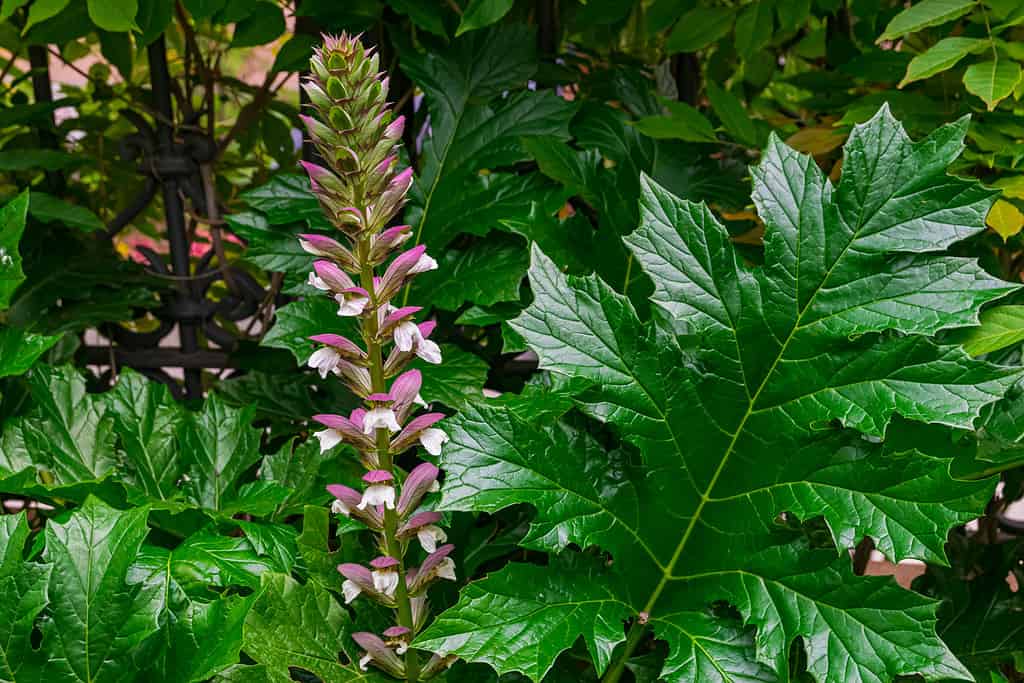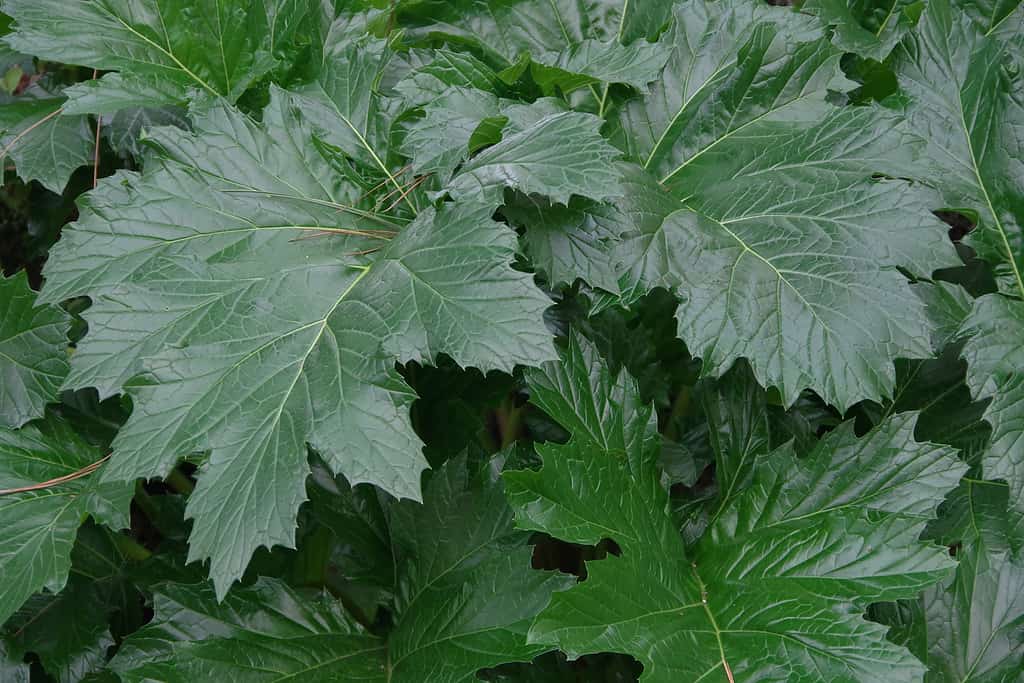Greece is an island nation of over 2,000 islands, about 170 of which are inhabited. This country’s history and culture have been shaped deeply by its unique geography, which includes mountains, coast, and lowland plains. With borders of the Aegean Sea, the Mediterranean Sea, and the Ionian Sea, Greece is primarily shaped by its inlets and peninsulas, island arcs, and archipelagos. In the north and northeast, it is bordered by Albania, North Macedonia, Bulgaria, and Turkey. As the site of important ancient civilizations, Greece’s mountains, lakes, and forests are important to the country’s development. However, the country is better known for having the largest amount of coastline in Europe and for possessing so many islands. Across this ancient, and now modern landscape, grows the national flower of Greece: the bear’s breech.
About Greece
Greece is a mountainous peninsula with many other island parts. This country is famous for its profound impact on human civilization dating back thousands of years. It also has a beautiful natural landscape, is very friendly to tourists, and is a popular destination that attracts millions of visitors each year. Greece has a Mediterranean climate that varies by region. The different biogeographic zones of the country are also home to great biodiversity, including over 6,000 species of wildflowers. About 600 of these species are endemic!
Greece has a rich culture and cultural legacy, which is revealed in its historical contributions to music, art, literature, and architecture. Interestingly, the national flower of Greece is evidence of those cultural contributions – as representations of the national flower appear throughout art and architecture dating back hundreds of years!
What is Bear’s Breech, the National Flower of Greece?

The national flower of Greece is used in art and architecture dating back hundreds of years.
©iStock.com/Martin Leber
The national flower of Greece is the species Acanthus mollis. This plant is more commonly known by its nicknames: “bear’s breech,” “bear’s breeches,” or “spiny bear’s breech.” This plant is a perennial native to the Mediterranean region of Europe, including Greece. As a member of the Acanthaceae family, the scientific name for the plant comes from “akantha,” which means spines. This refers to the tooth-like edges of plants in the genus. The word “mollis” comes from Latin, and refers to the soft, smooth surface of the plant’s leaves.
What Does Bear’s Breech Look Like?
Bear’s breech plants are herbaceous perennials, which have large, lobed leaves and flower spikes. The plant’s foliage has individual leaves that are large, deeply lobed, dark green, and glossy. Its flower spikes have two-lipped tubular flowers. These are typically white, with purple hoods. These flowers somewhat resemble those of a snapdragon. Bear’s breech grows to be about 3 to 4 feet high and about 2 to 3 feet wide. This plant produces white flowers that bloom in the late spring to the middle of the summer. The leaves are large, about 2 to 3 inches long, and spiky and thistle-like. Each year, these flowers bloom and help the plants reach up to 5 or 6 feet tall.
Where Does Bear’s Breech Grow?
Though bear’s breech is the national flower of Greece, that is not the only country where it grows. As a species native to the Mediterranean region in Europe, you may find bear’s breech growing in the countries of Morocco, Tunisia, Algeria, Turkey, Syria, and other neighboring countries, in addition to Greece. In these countries, it goes by other names, such as “sea dock,” “bears foot,” or “oyster plant.”
Bear’s breech plants grow well in fertile, well-drained soil, full sun to partial shade, and in areas with regular watering during the summer. On especially hot, sunny, summer days, bear’s breech will thrive best when there is some shade. However, in areas with deep shade, the plant may continue to grow, but may not flower.
In Greece and neighboring countries, bear’s breech grows commonly in the wild. However, some people also plant it for their garden landscaping. But beware! This plant can be somewhat susceptible to powdery mildew. If your plant is growing in the shade, you should also look out for pests like snails and slugs. Though they are not a prevalent pest, however, they can damage the plants significantly if not curbed.
Additionally, watch out for aggressive spreading! Bear’s breech can spread rapidly and pop up in unwanted areas if left unchecked in prime conditions.
What is the Cultural Significance of the National Flower of Greece, Bear’s Breech?

Big green leaves of the national flower of Greece,
Acanthus mollisor bear’s breech.
©iStock.com/Jack N. Mohr
Even dating back to ancient times, bear’s breech plants have appeared as a symbol in art, architecture, and even currency. This is part of the reason why the plant makes sense as a choice for the national flower of Greece! For hundreds and even thousands of years, the leaves of the bear’s breech plant have appeared as a decorative motif in architecture, paintings, and even furniture. For those familiar with classical art from ancient Greece and Rome, the bear’s breech plant will be recognizable as the source for the common leaf motif that is prevalent throughout decorations from these times. These sculpted leaves can be found adorning the famous Corinthian columns. These Corinthian columns started rising in popularity even before the Common Era (C.E.).
The bear’s breech leaves look like a rosette of arching leaves with deep lobes. These leaves often appear in sculptures, moldings, paintings, and even jewelry. This is partly because, throughout history, the bear’s breech has carried heavy symbolic meaning. As a decoration for religious temples, in funerals, and in association with gods and goddesses, it has long had associations with wealth, immortality, and health.
Today, in modern Greece, the bear’s breech is often used to symbolize Greece’s enduring culture amid adversity. As the national flower of Greece represents both the country’s history, cultural heritage, and the triumph of the current people amid adversity.
What Are the Other National Symbols of Greece?
As the national flower of Greece, the bear’s breech, is just one symbol of Greek culture and people. Some of the other emblems of the country include the laurel as well as the olive tree and olive branch.
The photo featured at the top of this post is © iStock.com/Iva Vagnerova
Thank you for reading! Have some feedback for us? Contact the AZ Animals editorial team.






